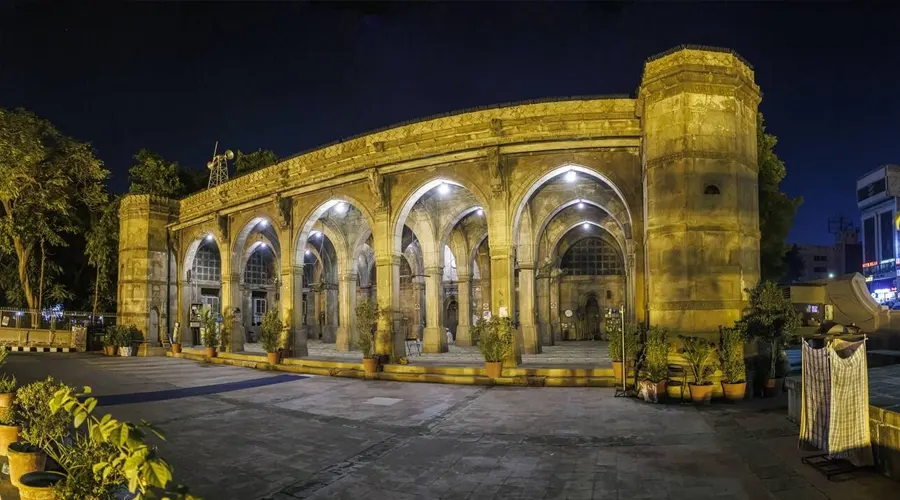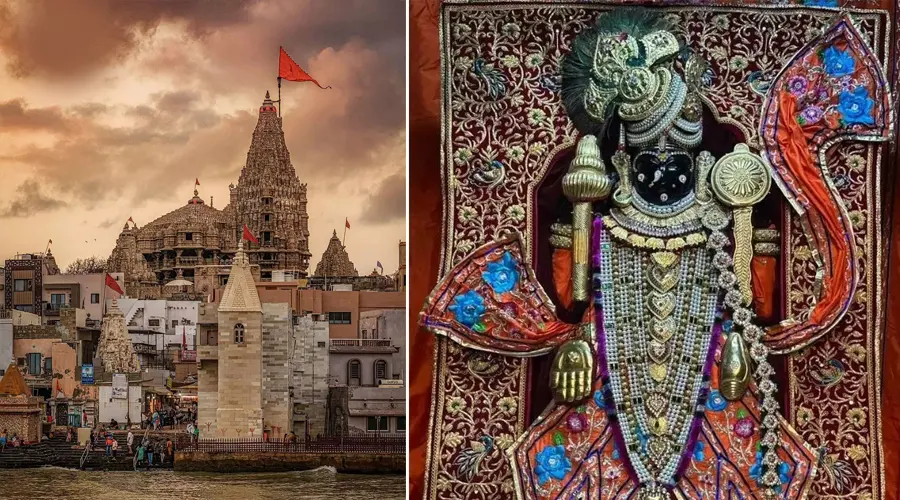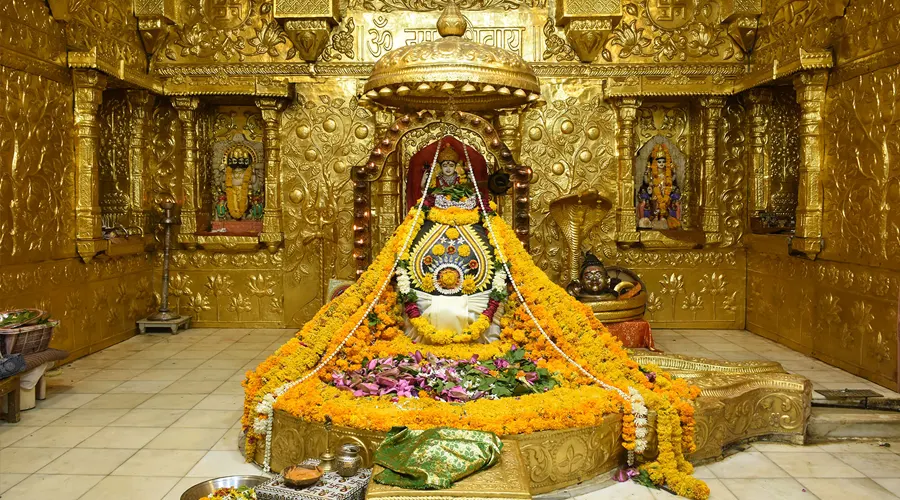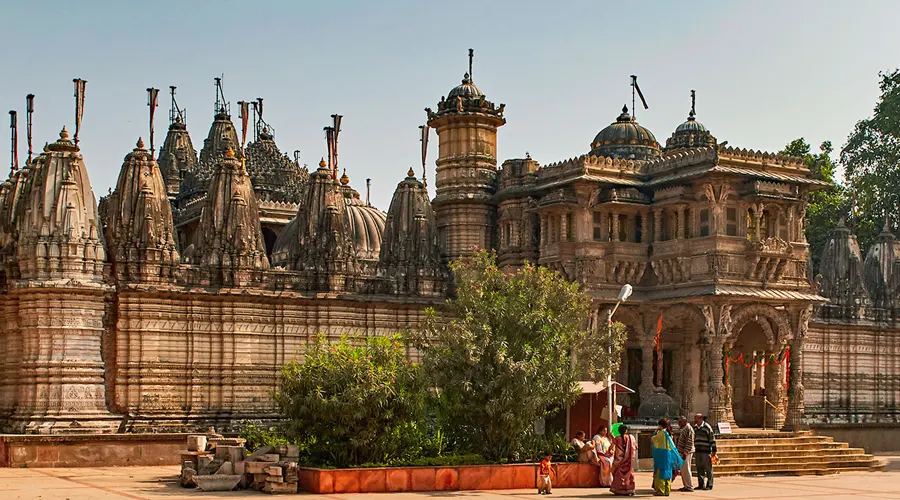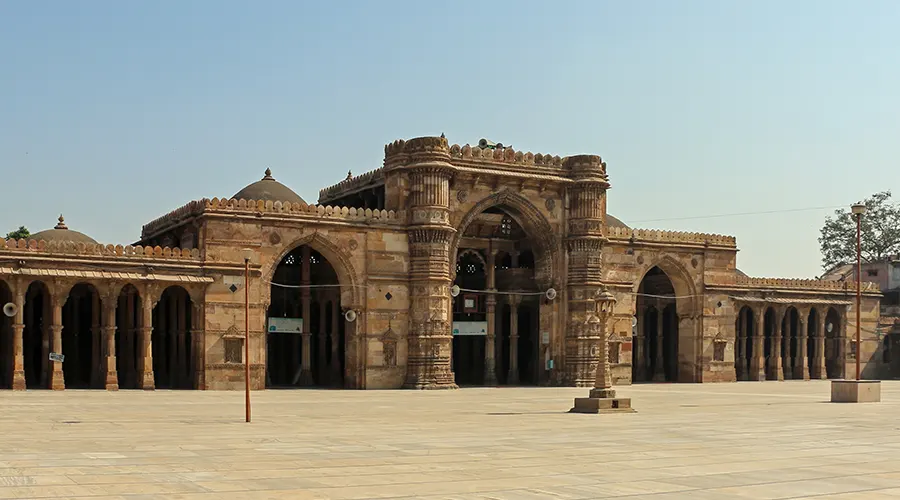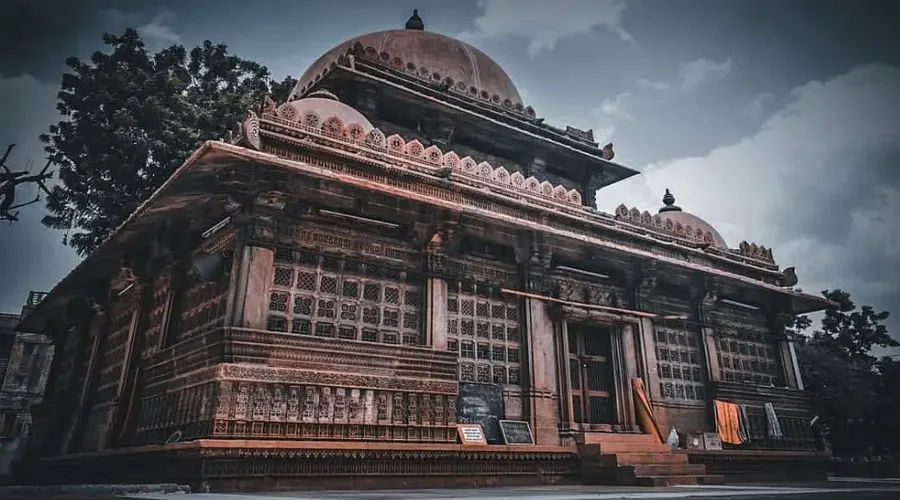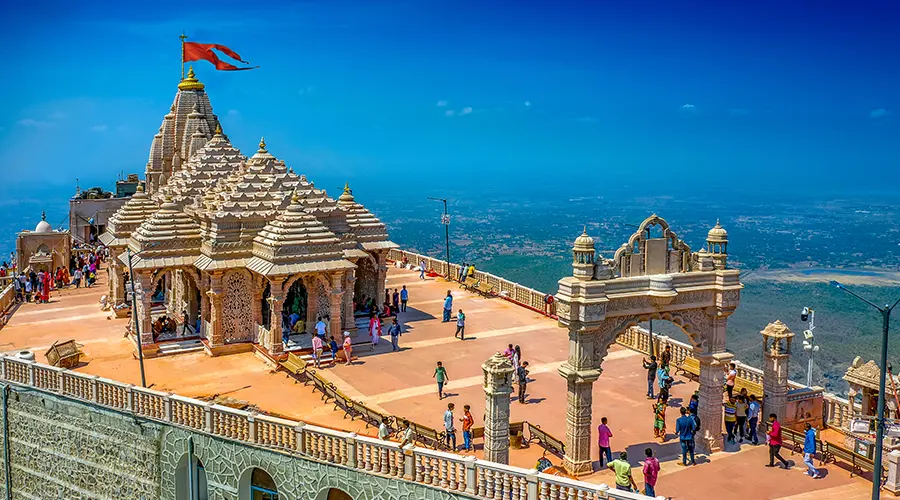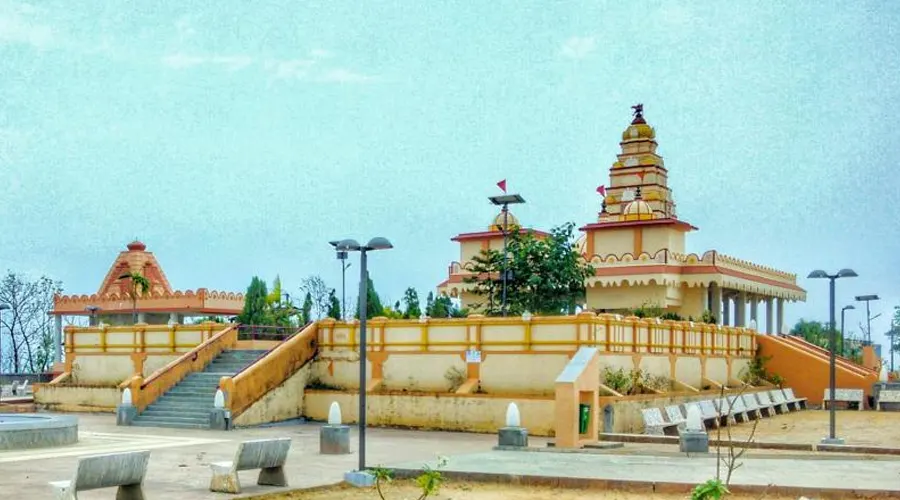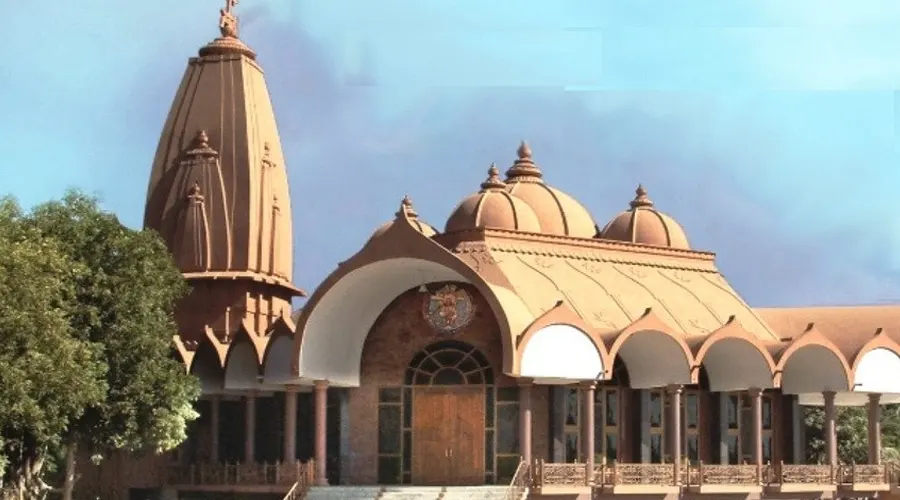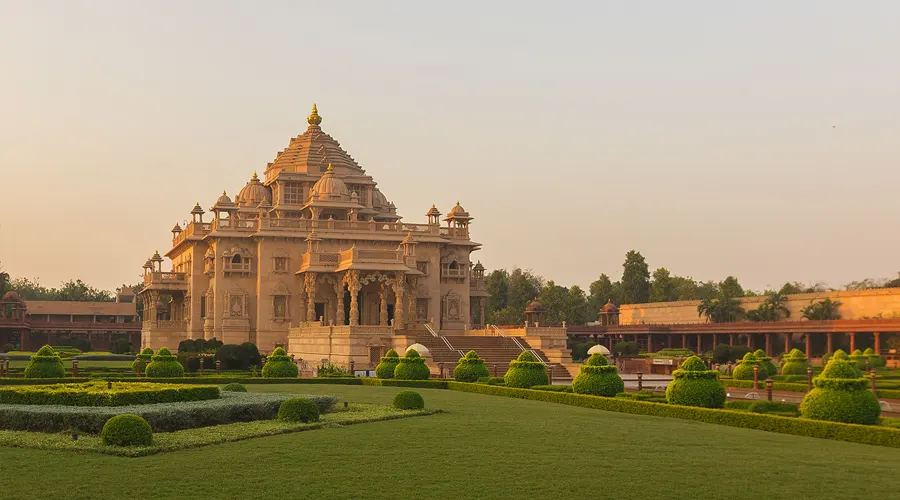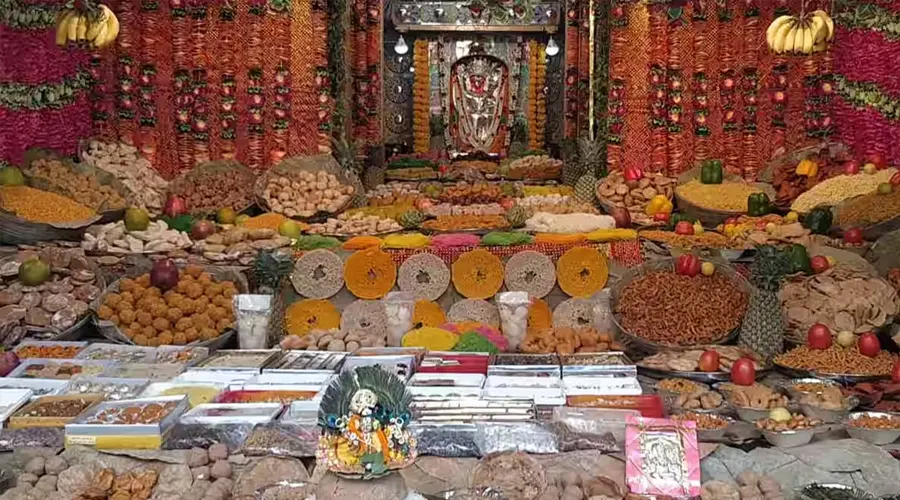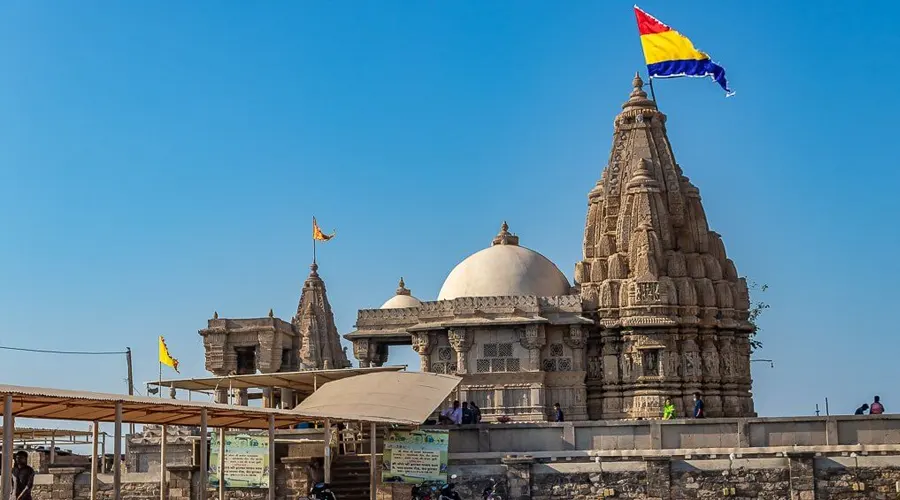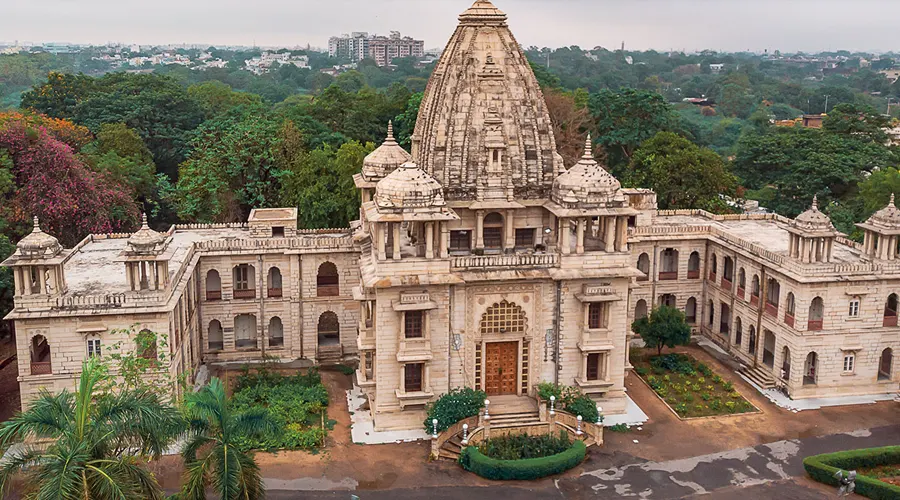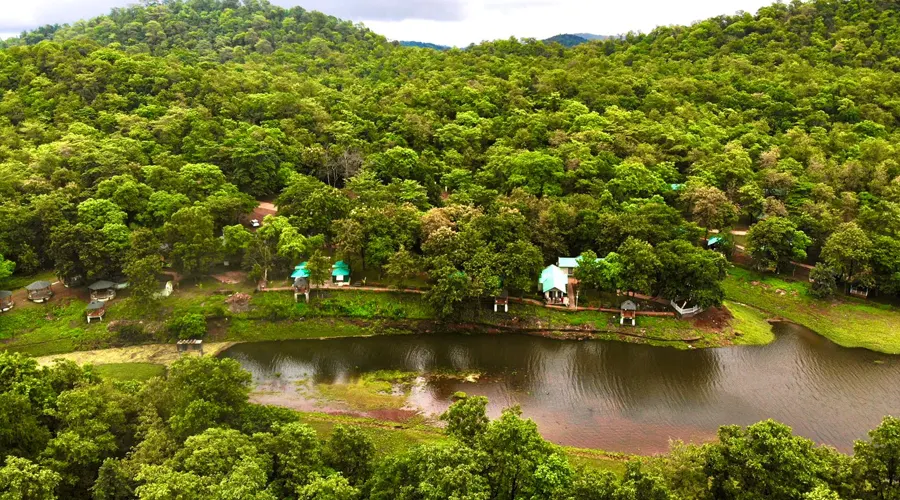Sidi Saiyyed Mosque
Popularly known as Sidi Saiyyed Ni Jaali, the Sidi Saiyyed Mosque was built in the year 1573 and is one of the most popular and beautiful mosques located in Ahmedabad. This attraction has gained much admiration and reputation over the years, thanks to the architectural grandeur of the entire structure, and in particular, the ornate latticework, known as jali in colloquial terms.
There is then no doubt that the place is a paradise for photographers and history buffs alike. This monument is among the last few mosques that were built under the Gujarat Sultanate and was completed in the last year of their reign before the Mughals invaded Gujarat and defeated them.
The construction of this fantastic mosque is credited to Sidi Saiyyed in the retinue of Bilal Jhajar Khan, the general in the army of the last Sultan, Shams-Ud-Din Muzaffar Shah III, of the Gujarat Sultanate.
The mosque is especially famous for its beautiful ten-stone latticework windows, also known as Jalis, on the side and rear arches. The stone slabs are carved in the designs of intertwined trees and foliage with a palm motif.
History of Sidi Saiyed Mosque
The classic religious site was built by Siddi Sayyid in 1572 with the help of 45 skilled artisans. Sidi Saiyyed was one of the followers of the general army of the last Sultan Shams-ud-Din Muzaffar Shah III of the Gujarat Sultanate.
A marble tablet found within the premises of the mosque states that it was built by Sidi Sayed during the last year of the Gujarat Sultanate before the Mughals from Delhi defeated them and took over the city.
Legends state that Siddi Sayyid was a kind-hearted man who arrived in the country from Yemen held several books and worked under the rule of Sultan Nasir-ud-Din Mahmud III.
After the establishment of the mosque, the city was invaded by the Mughal emperor Akbar. Britishers used the sacred complex as a government office. Currently, it is well maintained by the Archaeological Survey of India (ASI).
Architecture of Sidi Saiyed Mosque
The mosques built in this era are so amazing regarding architectural finesse that they beat some of the best monuments in the country, and in fact, the entire world. Even though the Sidi Saiyyed Mosque is smaller than the Jama Masjid, it is remarkable regarding the craftsmanship portrayed in its construction.
Over time, these intricate works and carvings have become an unofficial symbol of the city of Ahmedabad. At the same time, the mosque serves as a memory of the time when Gujarat dwelled happily and prospered under the rule of the Muslims.
The design for the logo of the Indian Institute of Management, Ahmedabad, also seeks inspiration from Sidi Saiyyed Jali. Earlier, the Sidi Saiyyed Mosque was used as a government office during British Rule, but now is under the care of the Archaeological Survey of India (ASI) and is reputed as a significant tourist attraction in the country that is visited by tourists all year round.
The entire structure is built in the Indo-Islamic style of architecture. Yellow sandstone was used by the craftsmen for the construction of this grand religious place. Two minarets formerly existed in the front of the mosque, but have fallen over time. Their base, nevertheless, still exists. The back wall of the mosque is full of Jalis. The ablution pond is smaller than that of Jama Masjid but still manages to provide excellent opportunities to click some incredible photographs. The mosque has acquired a worldwide name because of its beauty and is considered the most prominent shrine for Muslims in Ahmedabad.
Jalis At Sidi Saiyyed Mosque
There are eight arched windows at the mosque, all of which are adorned with intricately carved jalis, which have majestic floral designs all over them. The stone slabs are designed in the form of trees, which according to the Hindu motifs are the Kalpa tree.
This gives it the look of a palm with parasite motifs. The Sidi Saiyyed Mosque is famous for its ten carved semicircular tympani windows having elegant tracery in the form of tree stems and branches. Each of the traced structures is 3 meters wide and 2 meters high.
The central window arch of the mosque, where the visitor would expect to find yet another intricately carved jali, is instead walled with stone. Historians believe that this is because the mosque could not be completed according to the original plan since the Mughals invaded Gujarat and the process had to be abandoned midway. Coming back to the stunning existing Jalis at the Sidi Saiyyed Mosque, it is believed that 45 craftsmen in all had to work on this Jalis day in and day out to finish them on time.

